Ancient Instincts, Modern Power Struggles: How Evolution Still Shapes Human Society
Anthropology.net
FEBRUARY 17, 2025
Human societies are built on layers of culture, law, and technology, yet beneath it all, some of the oldest instincts in the animal kingdom continue to shape our world. The drive to secure food and territory manifests in economic competition and resource hoarding. The Future of Human Evolution: Can Instinct Be Overcome?

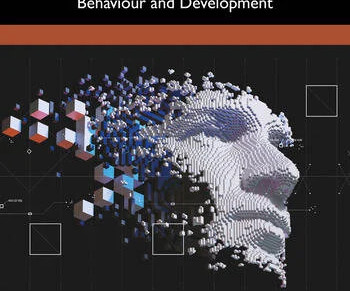

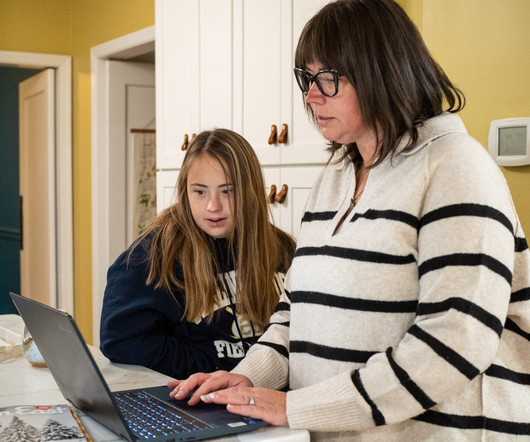



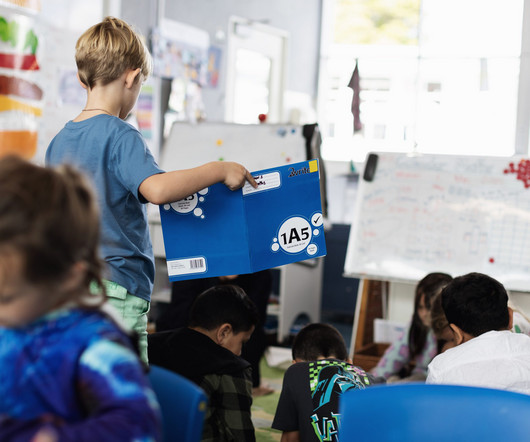


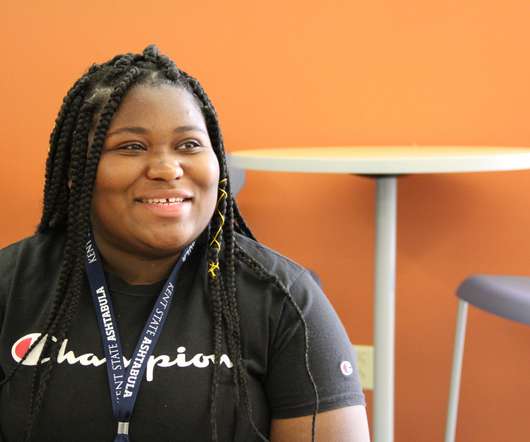









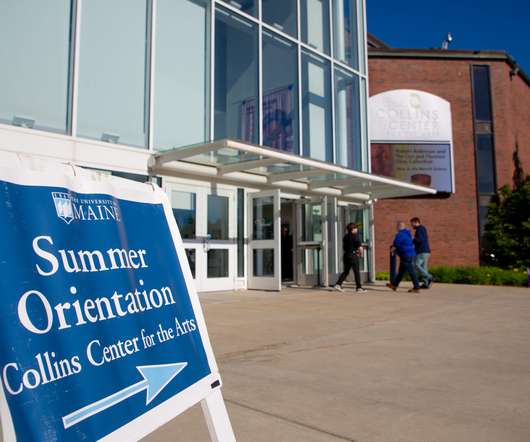


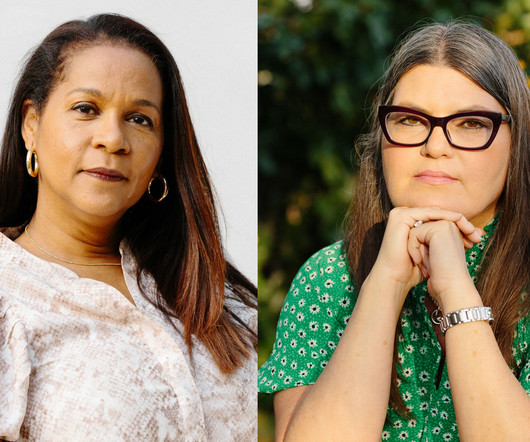









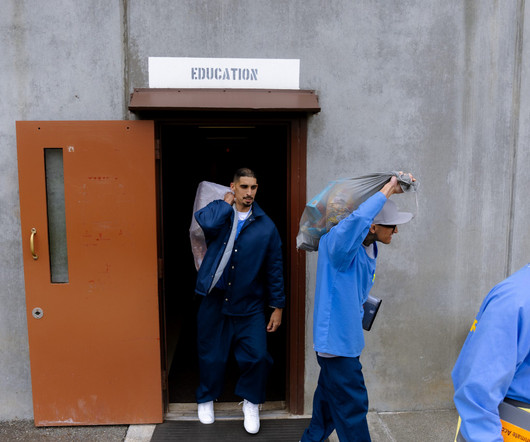
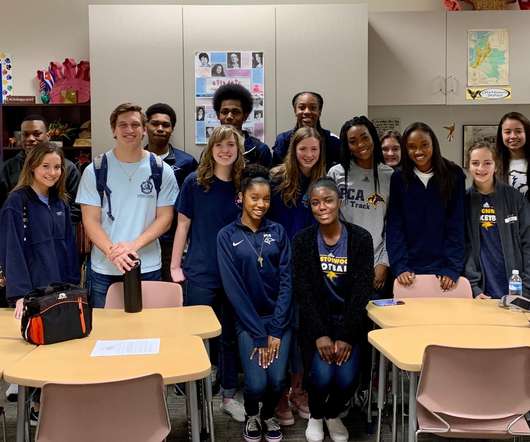
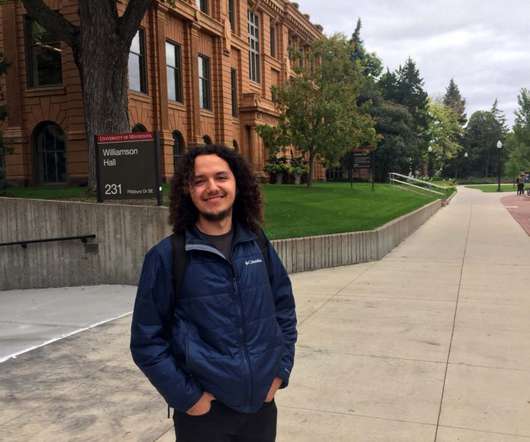
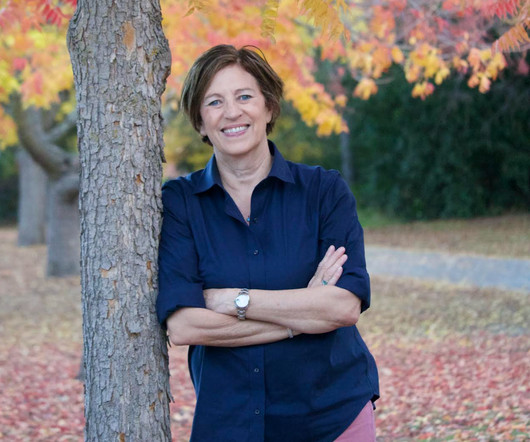






Let's personalize your content